April / Global
The Agenda: Culture
Barcelona’s forbidden treasures, writer André Aciman’s ode to the Amalfi Coast and Georgia’s burgeoning art scene.
art–––barcelona
Strike up the banned
A menacing gaze greets visitors as they venture into Barcelona’s newest museum. Perched on a seat beneath the stone staircase, the forbidding face belongs to a papier-mâché figure, which stares through painted-on sunglasses. Made in 1972 as part of the installation “Spectator of Spectators”, it is one of 100 statues made to depict the dictator Francisco Franco’s secret police, then placed among the audience during Pamplona’s Avant-Garde Art Festival. Not everyone was amused. The critique of the ruling regime’s surveillance culture saw many of the pieces destroyed, while others were stolen. Five decades on, the Museu de l’Art Prohibit (Museum of Forbidden Art) plonks a lone survivor in the front seat as a warning of what’s to come. Art, it reminds us, can be emotional, political and even drive people to violence.
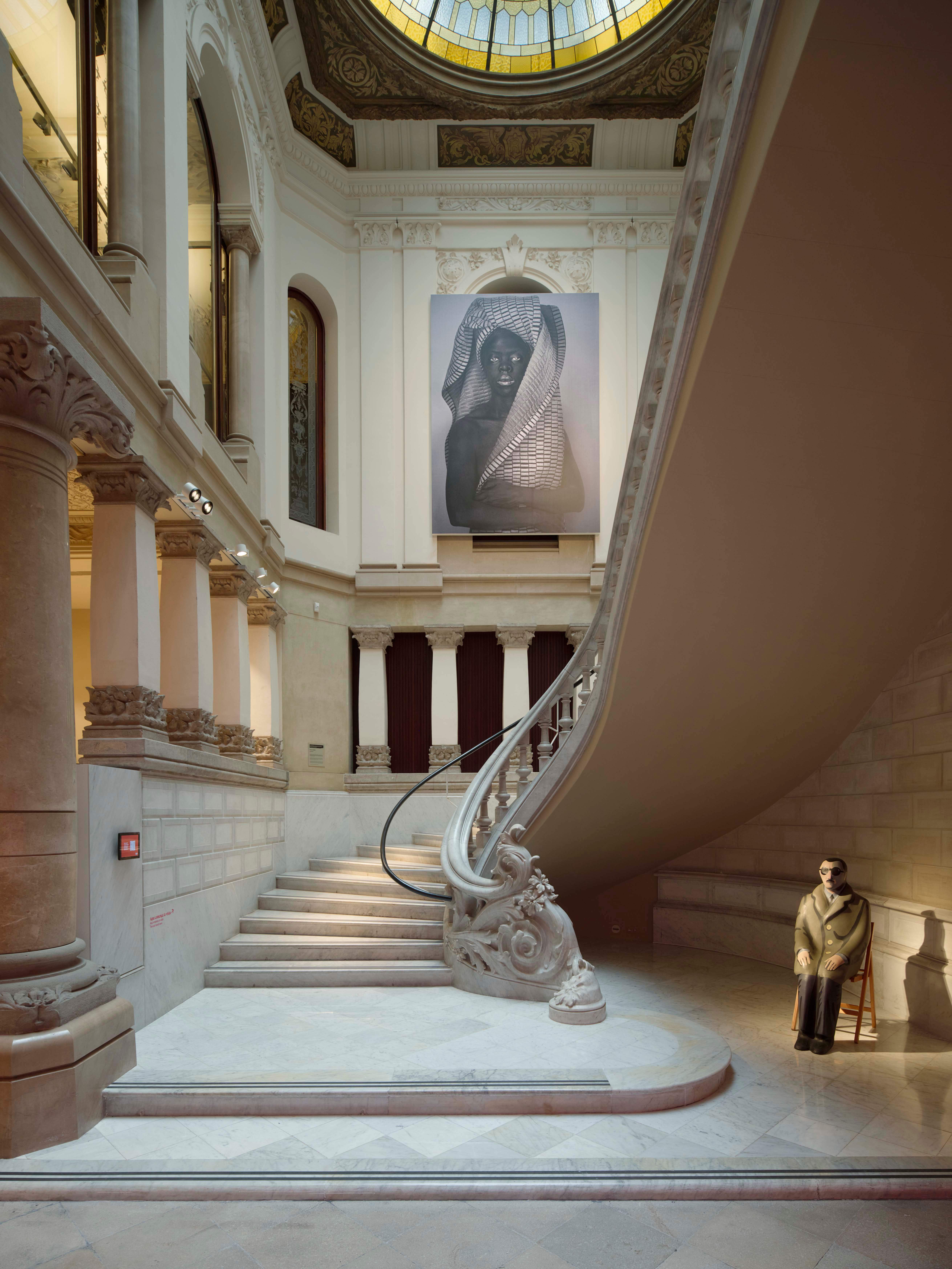
Holding up a mirror to our thoughts and feelings is just what journalist and entrepreneur Josep Maria Benet i Ferran (or Tatxo Benet, as he is known) is angling for. “For some people, art is an aesthetic experience; for others, it’s an ethical question,” he tells monocle. “I’m not very transcendental. For me, art is personal.”
The self-described “free speech absolutist” is a Catalan media mogul who co-founded the Spanish broadcasting powerhouse MediaPro in 1994. When an installation depicting Catalan secessionist leaders made by artist Santiago Serra was censored in 2018 during Madrid’s Arco art fair, Benet acquired the works as an act of solidarity. Further impassioned purchases followed – more than 200 sourced from across the globe. Now a selection of infamous artworks opens to the public across two floors of a refurbished modernist stately house. Cue the cumulative outrage.
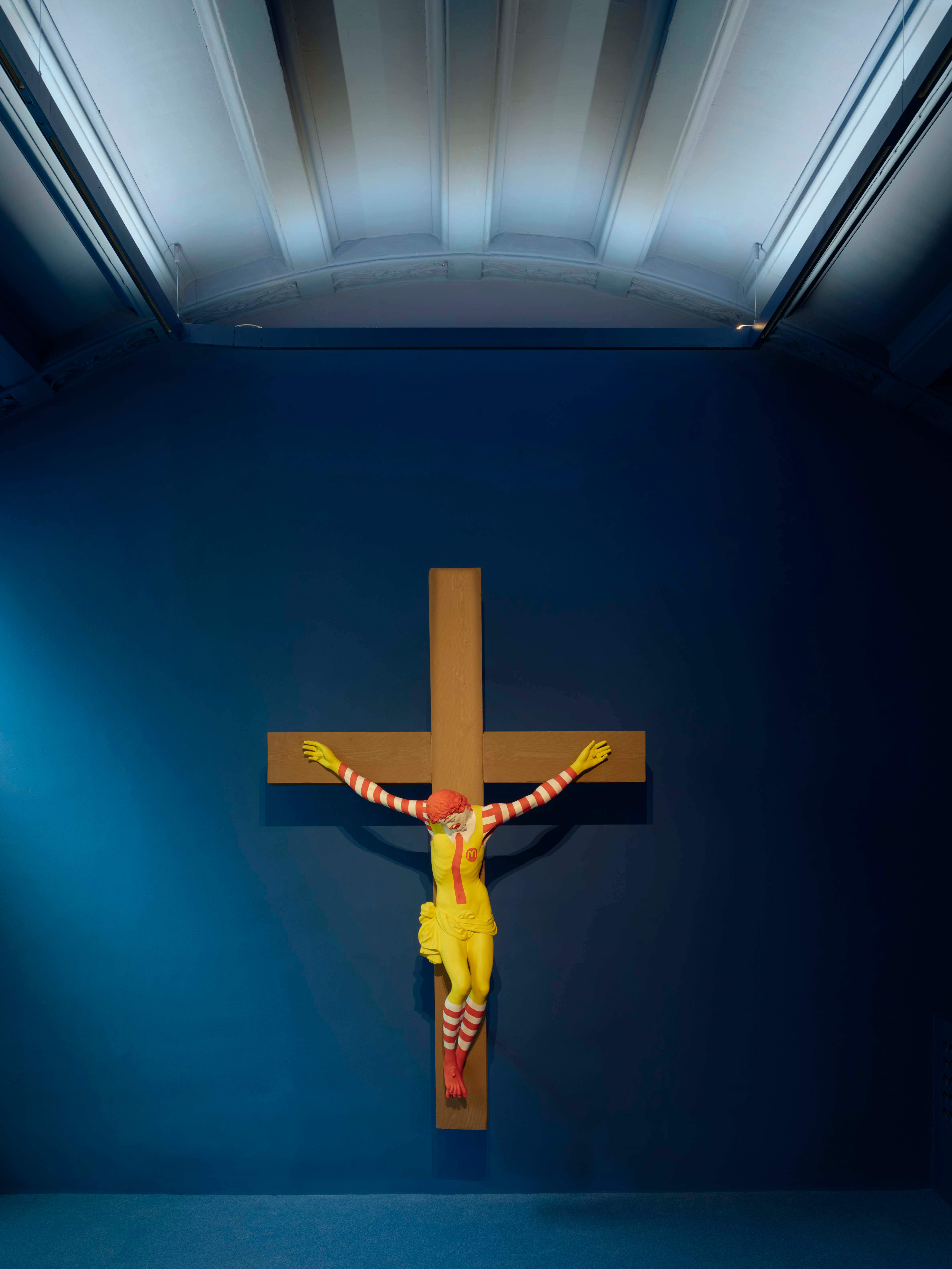

With debates around censorship in art back in the spotlight, the museum’s director, Rosa Rodrigo, politely swats away any mention of radicalism. “It’s about giving the artists a home so that they can continue to express themselves,” she says. Other works include Goya’s self-censored series Los Caprichos, illustrations by prisoners at Guantanamo Bay and Nation Estate,a futuristic film from Palestinian artist Larissa Sansour. All are accompanied by detailed descriptions of shutdowns, protests, aggressions, even a diplomatic stand-off and one heavy-handed intervention from the Pentagon. For some, the displays will seem tasteless but there’s a subtler point being made here. Artists should be allowed to challenge without the fear of being cancelled or censored. Whether or not you’re a fan of the work, this is a museum that’s determined to let ideas breathe, rather than to hyperventilate.
literature–––usa
Q&A
André Aciman
Author
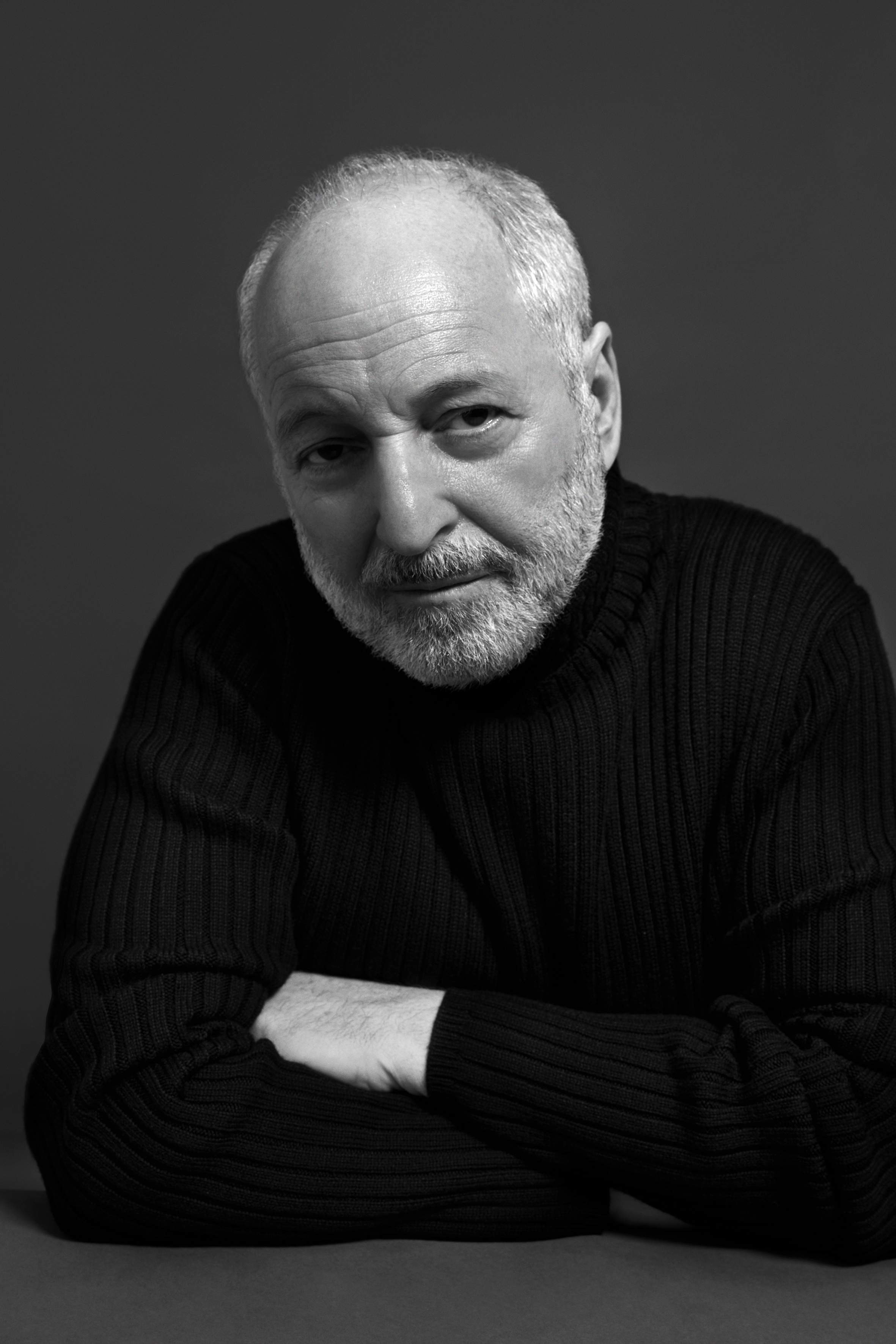
The US writer André Aciman is the author of several novels and works of non-fiction. He is best known for 2007’s Call Me by Your Name, a coming-of-age story about a romantic relationship between 17-year-old Elio and his father’s 24-year-old graduate assistant Oliver, set in northern Italy.
The author’s latest book, The Gentleman from Peru, again transports the reader to sunny Italy. Set on the Amalfi Coast, it follows a group of American friends on holiday who have an encounter with a mysterious resident at their hotel.
Why the Amalfi Coast?
I went to a hotel in Positano on the Amalfi Coast. It was so sublime, so beautiful and so restful there that, when I started the novella, I immediately set it there. It let me spend some time there in my imagination.
There’s a hint of mysticism to the tale. Were you inspired to write something magical?
I have no interest in magical realism and I wrote the story because I wanted to make fun of the genre. I was having fun with it but I got carried away. One always falls in love with something one is writing. I fell in love with this story of the gentleman from Peru, who has a fantastic memory, which goes beyond his birth, into the past and the future.
Why choose the novella?
I didn’t want to write a long novel. I like to leave things seemingly unfinished because I don’t like endings. I’m not comfortable with endings, because our lives themselves aren’t always neatly packaged.
‘The Gentleman from Peru’, published by Faber & Faber, is released on 4 April.
ART–––GEORGIA
Small wonders
Can a small country of 3.6 million people sustain an international art fair? Kaha Gvelesiani worried a lot about that when he started the Tbilisi Art Fair (taf) in 2018. He needn’t have. The taf, which takes place in April at the Expo Georgia exhibition centre, is the highlight of the country’s art calendar and is helping to nurture its neighbouring nations’ emerging art scenes too. “Our mission is to cultivate a broader audience for artists, galleries and professionals in Georgia and beyond,” says its art director, Eric Schlosser. “We want to encourage professional skills in the region, as well as provide support for cross-border projects.”
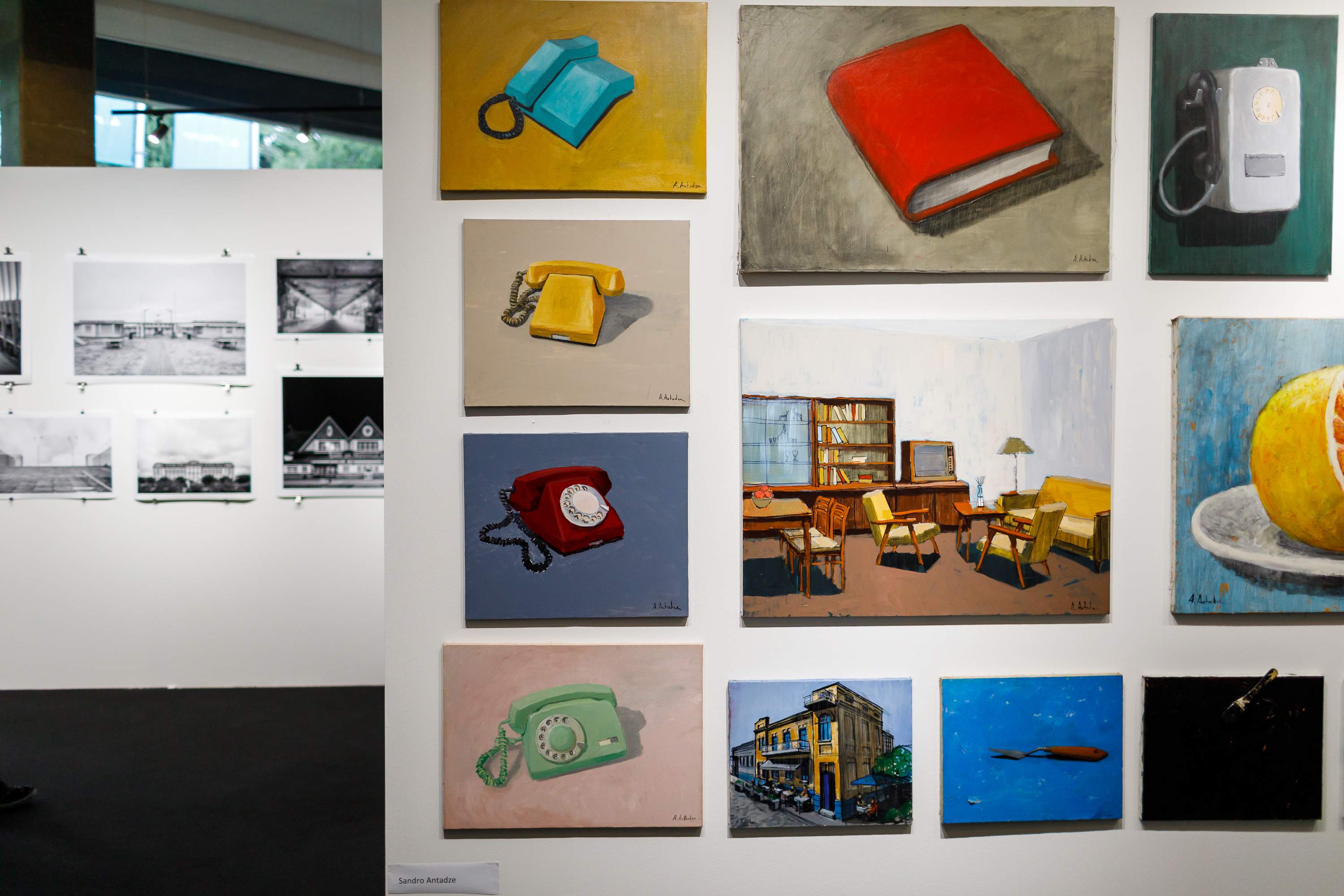
Russia’s invasion of Ukraine might have made life increasingly uncertain in this corner of the world but taf’s organisers don’t have plans to diverge from their mission. “As long as we have control, we will keep our agenda,” Schlosser tells monocle.
This year’s fair runs from 11 to 14 April and is set to welcome about 15,000 visitors. Alongside a programme of talks featuring local and international speakers, artworks – which include pieces by Georgian textile artists Mariana Chkonia and the late Tamaz Nutsubidze – will be on sale, with prices ranging from €300 to €300,000. “This year’s entries display the complex intersections between manual craft and digital technology,” says Schlosser. “Artists who are retaining elements of the past and shaping their vision of the future.”
tbilisiartfair.art
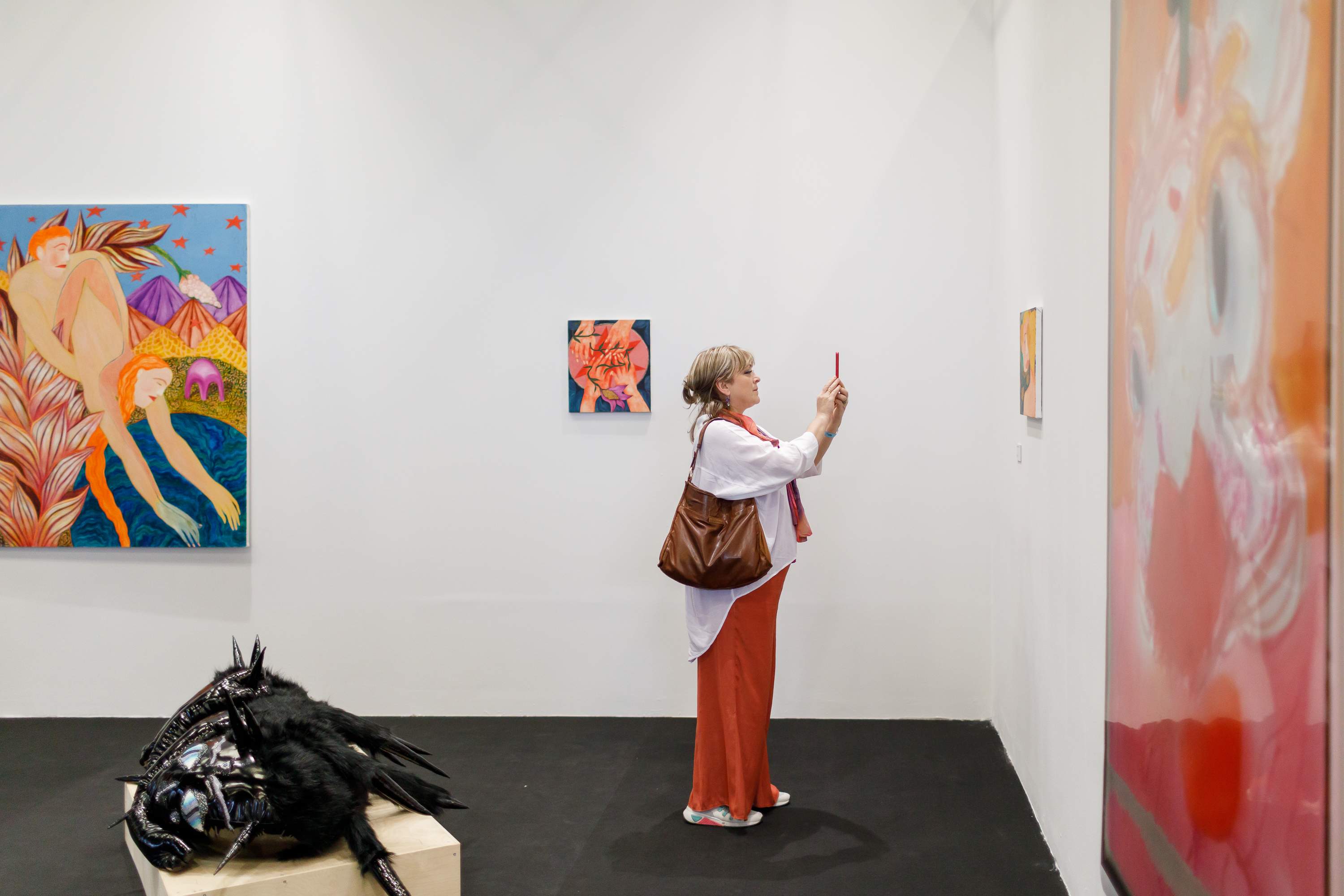
RADIO–––GLOBAL
Stray thoughts
Alongside this magazine, we broadcast 24 hours a day on Monocle Radio. Here, three recent Monocle on Culture guests share their thoughts on life, art and cinema.
1
Christian Friedel, breakout star in the acclaimed film ‘The Zone of Interest’ on reading the room
“Some roles require toning it down,” says the actor, who plays Nazi officer Rudolf Höss in the film. “As an actor, you want to give all of yourself in all the scenes but here it was important to sometimes be invisible.”
2
Pioneering British artist Maggi Hambling on the one word she doesn’t use
Look at everything as an experiment, says Hambling, who bans her students from using the word “sketch”. “It implies something that’s not important. Even the tiniest piece of paper, you should be addressing yourself to that bit of space.”
3
Italian film-maker Matteo Garrone on working with others
Be open to your approach to working with others, says Garrone, who considers the migrants employed as extras in his Oscar-nominated film Io Capitano as collaborators. “I was the film’s first spectator. They were co-directing the movie.”
To hear the full interviews, listen to ‘Monocle on Culture’ at monocle.com/radio


